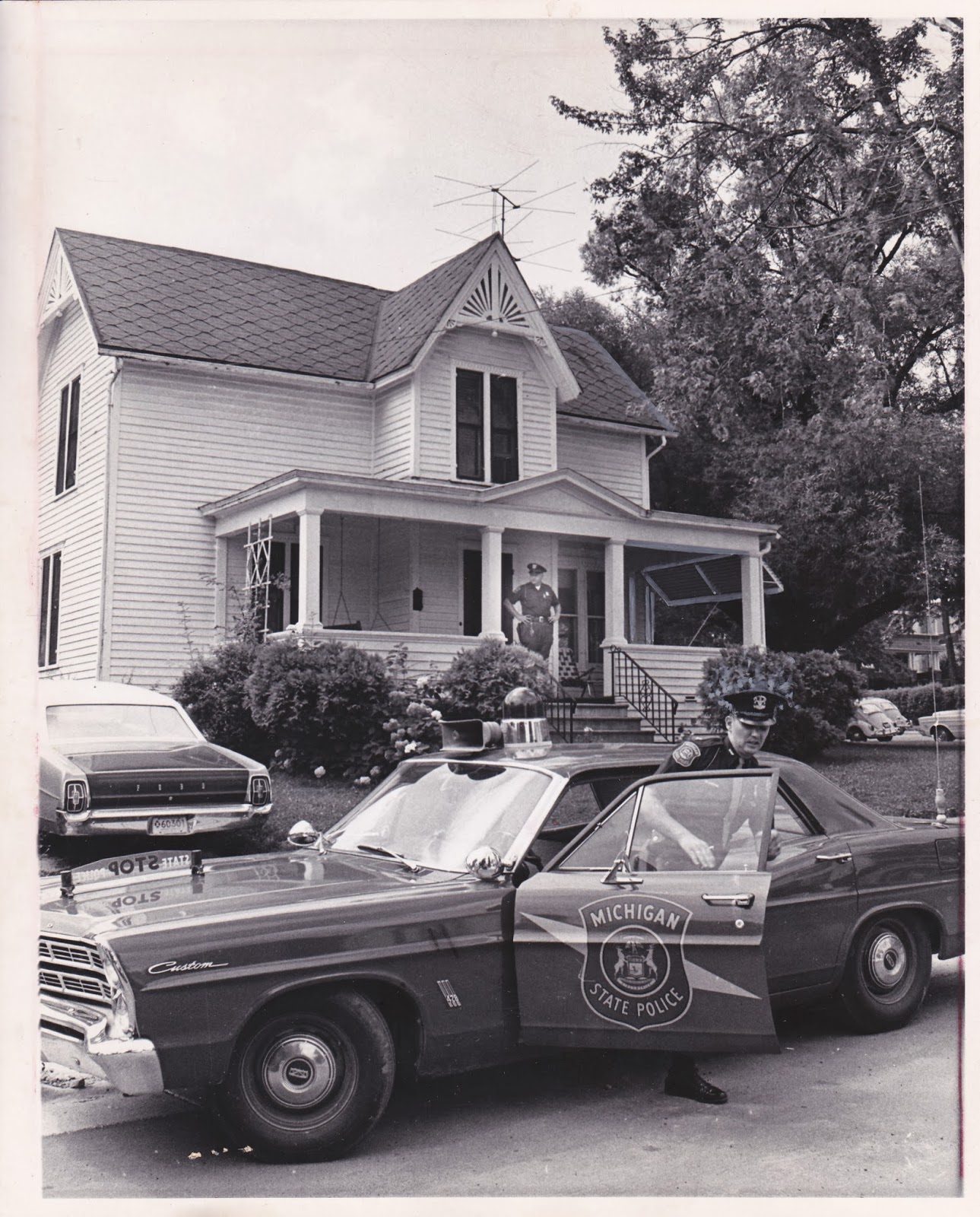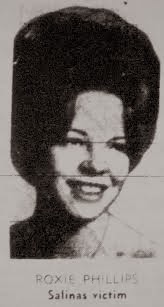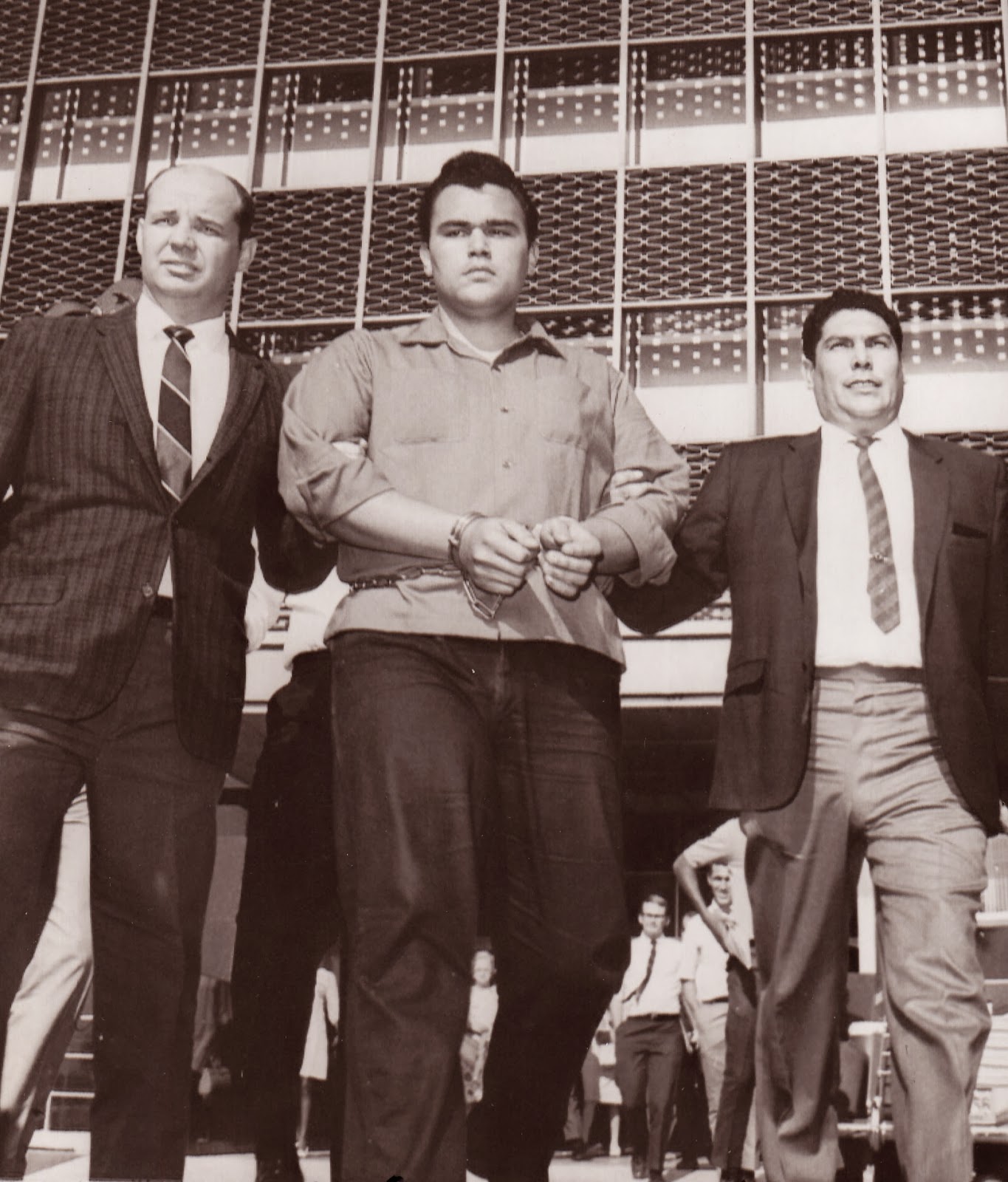 | |
| Barn next to abandoned farm house on Geddes and LeForge roads. |
On Thursday, May 13, 1969, a barn only 100 feet from the abandoned farmhouse, believed to be the site of Dawn Basom's murder, was set ablaze at 3:17 in the morning.
***
Thirteen year old Dawn Basom was an eighth grader at West Junior High School in Ypsilanti and the youngest of The Rainy Day Murder victims.
Dawn was last seen alive on April 15, 1969, while walking down the Penn Central railroad tracks which was the short cut to her home on LeForge Rd. She had promised her mother she would be home before dark.
Sergeant William Stenning of the Ypsilanti City Police Department received a call at 12:46 AM on April 16, 1969, from Mrs. Cleo Basom saying her daughter had been missing since late afternoon on Tuesday.
 Mrs. Basom said that Dawn was given a ride by her uncle to the corner of Cross and River Sts in Depot Town early in the evening to meet a boy friend by the first name of Earl, last name unknown. She was last seen wearing a white plastic jacket, white cotton blouse, and blue stretch pants.
Mrs. Basom said that Dawn was given a ride by her uncle to the corner of Cross and River Sts in Depot Town early in the evening to meet a boy friend by the first name of Earl, last name unknown. She was last seen wearing a white plastic jacket, white cotton blouse, and blue stretch pants.
The next morning, Dawn's abused and naked body was found on the east edge of Gale Rd just north of Vreeland Rd, about a mile from her murder site at a barn on Geddes and LeForge Rds.
 |
| Sheriff Harvey showing spot where Dawn's body was found. |
During the subsequent investigation of Dawn's murder, State Police crime scene investigators found articles of her clothing in the cellar of the nearby farmhouse and other evidence linking the site to Miss Basom's murder.
Her murderer had to use a car to capture Dawn and take her away unnoticed. She was tom-boyish and liked to wrestle with her older brothers in the front yard of their house, so she would have probably put up a struggle and offered some resistance to being captured.
It was unlikely she would accept a ride from a stranger so close to her home, less than 100 yards, though she was known to hitchhike.
More likely, someone laid in wait for Dawn and overpowered and incapacitated her, or perhaps she knew or recognized the person she got into the car with. Either theory ends up with Dawn being held captive in a psychopath's car.
***
Twenty-nine days after Dawn's killing, the barn adjacent to the farmhouse murder site burned to the ground. The Michigan State Police arrested an Eastern Michigan University student from Harper Woods, Ralph R. Krass, 21, on Friday, May 15, at his apartment at 1431 LeForge Rd which happened to be near the Basom home on the same street.
He was arraigned by District Judge Rodney E. Hutchinson and stood mute when the judge set the bail at $5,000. Unable to post bond, Krass was taken to the County Jail.
Michigan State Police expected more arrests but were unable to confirm that the barn burning had any connection with the murder investigation. The arson was still under investigation.
Three days after the arrest of Krass, his roommate, Clyde Surrell, 19, of Ypsilanti, stood mute on a charge of aiding and abetting arson. He was released on $2,000 bond pending a hearing on the matter.
Police say that Krass admitted walking to the farm with two companions and setting some dry hay on fire in the barn's loft. The three young men ran away but returned while the Superior Township Fire Department allowed the fully engulfed barn to burn to the ground. They prevented the farmhouse and the cellar from catching fire but not from sustaining water damage.
When the last of the blaze was extinguished, a reporter looking over the smoldering ruins discovered five, fresh cut, purple lilac blossoms lying nearby. He theorized that someone left one for each of the five murdered girls.
















